Spice Chronicles: 10 Well-Known Indian Dishes That Will Blow Your Mind (And Taste Buds)
Table of Contents
- Introduction
- Top 10 Well-Known Indian Dishes
- Pro Tips for Cooking Indian Spices Like a Pro
- Spice Breakdown: What’s Inside Each Dish?
- Common Myths About Indian Spices
- Conclusion
Introduction: The Spice Route Starts Here
If you’ve ever taken one bite of a butter chicken and thought, “How is this so rich, aromatic, and comforting all at once?” then congratulations—you've entered the world of Global Spice Traditions, Indian cuisine style.
India isn’t just one flavor profile—it's a continent of culinary chaos in the best possible way. From the fiery curries of South India to the creamy delights of the North, spices are the backbone of every dish. And today, we’re diving deep into the heart of well-known Indian foods that have traveled far beyond Mumbai and Delhi, landing on plates around the globe.
Top 10 Well-Known Indian Dishes That Define the Spice Game
Let’s kick things off with the crème de la crème of Indian food—those dishes that have become global icons, each packed with flavor, history, and a spice combo that’ll make your kitchen smell like a street market in Jaipur.
| Dish | Main Ingredients | Signature Spice(s) | Best For | Visuals |
|---|---|---|---|---|
| Biryani | Rice, meat/chicken/eggplant, saffron, fried onions | Cumin, cardamom, cloves, cinnamon | Savory layering lovers | 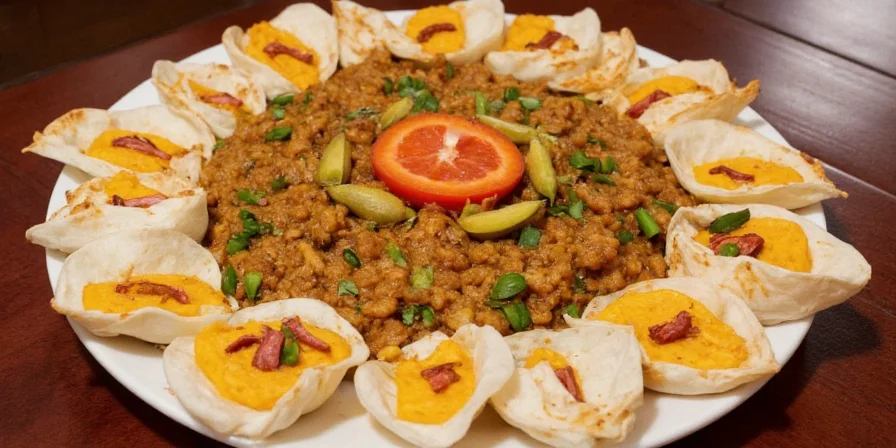 |
| Butter Chicken | Tomatoes, butter, cream, marinated chicken | Kashmiri chili, garam masala | Comfort food seekers | 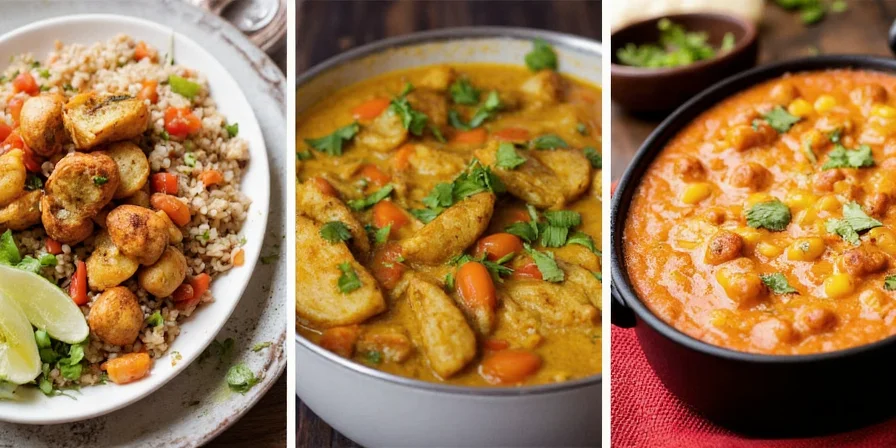 |
| Chole (Chana Masala) | Chickpeas, tomatoes, ginger, garlic | Aamchur (dry mango powder), coriander powder | Vegan delight | 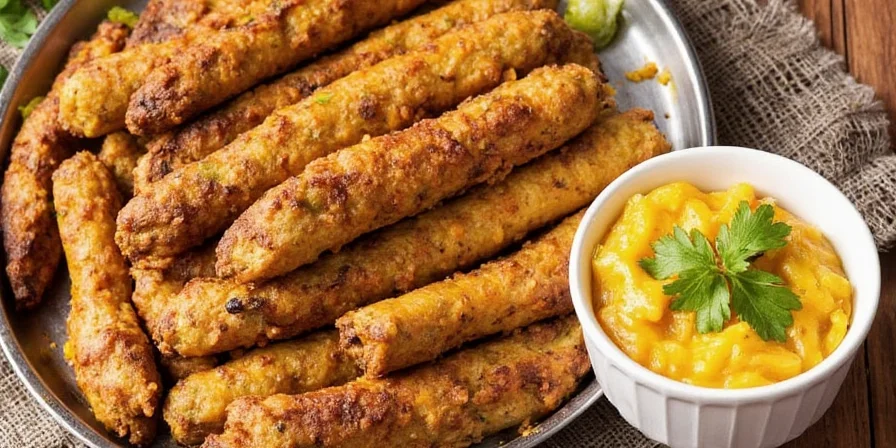 |
| Dal Makhani | Black lentils, kidney beans, butter, cream | Panch phoron, garam masala | Slow-cooked indulgence | 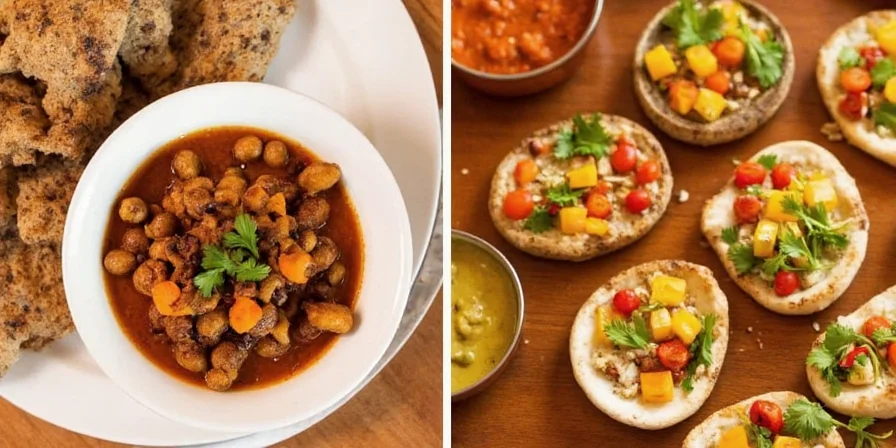 |
| Paneer Tikka Masala | Marinated paneer cubes, spiced tomato gravy | Tandoori masala, turmeric | Cheesy curry cravings | 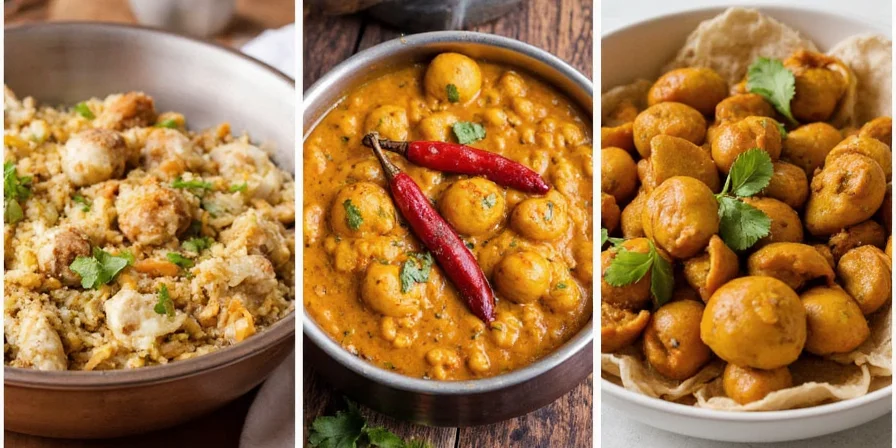 |
| Palak Paneer | Spinach, paneer, onions, garlic | Ginger, cumin | Green lovers | 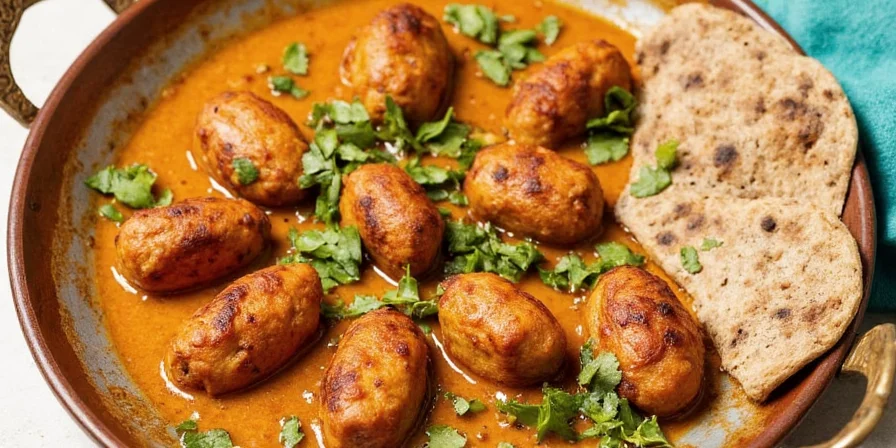 |
| Samosas | Potato filling, peas, dough | Coriander seeds, ajwain | Snacking pros | 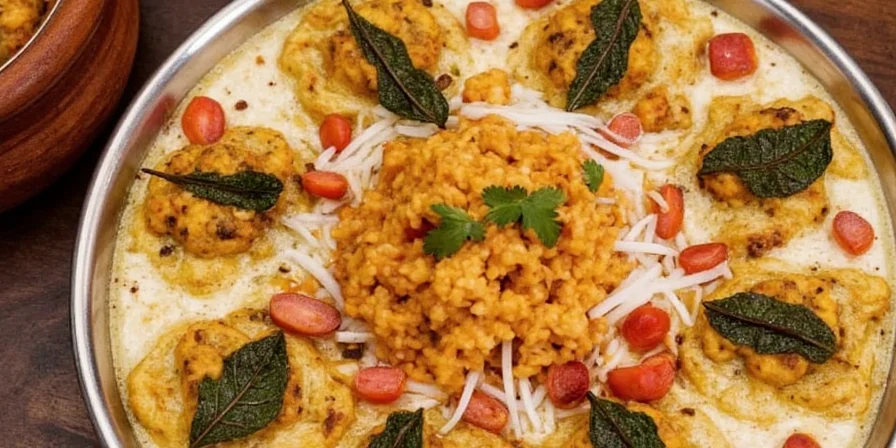 |
| Pani Puri | Hollow puris, spicy water (pani), tamarind chutney | Imli (tamarind), mint, chaat masala | Street food junkies | 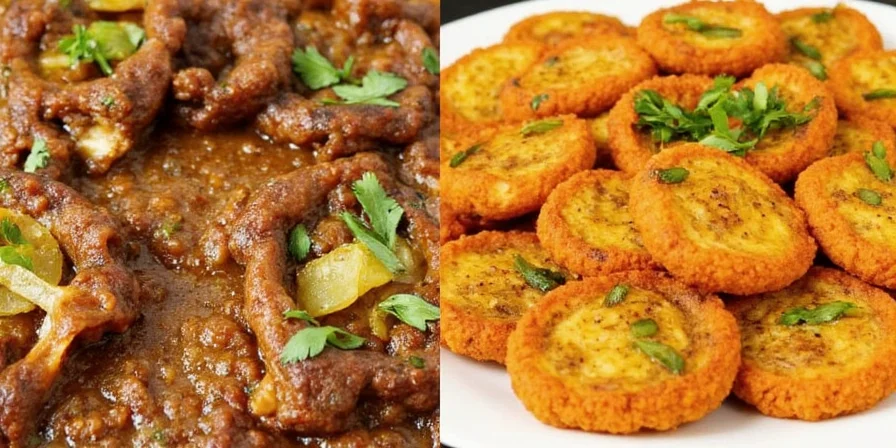 |
| Masala Dosa | Fermented rice and lentil batter, potato stuffing | Mustard seeds, curry leaves | Breakfast enthusiasts | 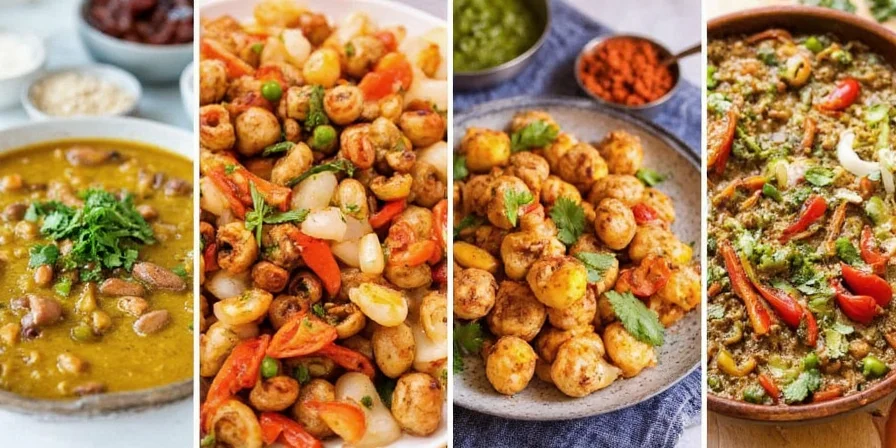 |
| Gulab Jamun | Milk solids (khoya), sugar syrup | Cardamom, rose water | Sweet tooths | 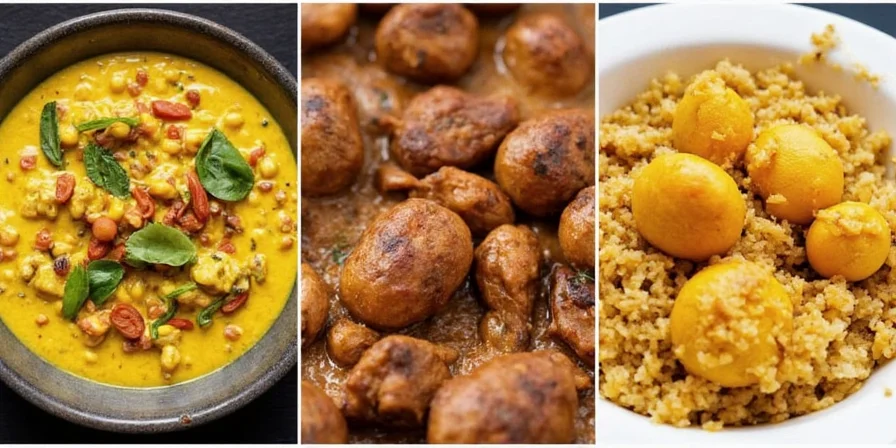 |
Pro Tips for Cooking Indian Spices Like a Pro
Now that you’re drooling over those mouthwatering dishes, let’s talk about how to actually nail them at home without burning your eyebrows off. Here’s what separates the amateurs from the spice samurai:
- Toasting First, Liquid Later: Always toast whole spices in oil or ghee before adding any liquids. This releases their essential oils and boosts flavor tenfold.
- Use Garam Masala Like Perfume: Don’t dump it in at the beginning! Sprinkle it in at the end or even after cooking to preserve its delicate aroma.
- Tempering Is Everything: Also called tadka, this involves frying mustard seeds, cumin, or curry leaves in hot oil. Add this to soups, dals, or even stir-fried veggies for instant depth.
- Don’t Over-Grind: If you’re using a spice grinder, pulse briefly. Over-grinding can turn spices bitter or lose their fragrance.
- Stock Up on Fresh Spices: Old spices = dead spices. Store them in airtight containers away from light and heat. Replace ground spices every 6 months and whole ones yearly.
- Add Lemon Last: A splash of lemon juice right before serving brightens up even the richest curries. Try it in dal or chole!
- Layer Flavors Gradually: In dishes like butter chicken, build flavor by adding yogurt first, then pureed tomatoes, then cream. It’s like constructing a flavor skyscraper.
Spice Breakdown: What’s Inside Each Dish?
Let’s get nerdy for a second. Ever wondered why some dishes taste warm, others earthy, and some make your nose run? Here’s a quick breakdown of common Indian spices and which famous dishes they love to hang out in:
| Spice | Flavor Profile | Well-Known Dish Appearances |
|---|---|---|
| Cumin | Earthy, nutty, smoky | Chole, Dal Makhani, Biryani |
| Coriander | Citrusy, floral | Butter Chicken, Palak Paneer, Samosas |
| Cardamom | Sweet, piney, eucalyptus-like | Biryani, Gulab Jamun, Tea |
| Cinnamon | Woody, sweet, warm | Biryani, Mutton Curry |
| Mustard Seeds | Pungent, nutty when popped | Sambar, Vada, Rasam |
| Fenugreek | Bitter-sweet, maple syrup scent | Dal, Methi Chicken, Pickles |
| Garlic | Sharp, pungent, bold | All kinds of curries and tadkas |
| Ginger | Peppery, fresh, warming | Curries, Stir-Fries, Teas |
| Asafoetida (Hing) | Pungent, onion-garlic vibe | Dal, Snacks, Fasting Foods |
Common Myths About Indian Spices (and Why They're Totally Wrong)
We’ve all heard these spicy myths floating around kitchens and Reddit threads. Let’s bust them wide open:
- Myth #1: All Indian Food is Super Spicy
False! While many dishes pack a punch, Indian cuisine also includes mild, creamy, and balanced flavors. Not everyone wants to cry while eating biryani, thank you very much. - Myth #2: Indian Food Is Just Curry
Nope! “Curry” is a British umbrella term. Indians use hundreds of spice blends and preparations like sabzi, chaat, korma, and upma. - Myth #3: You Need 50 Spices to Cook Indian Food
Wrong again! Most home cooks stick to 10–15 key spices. Master those, and you’re golden. - Myth #4: Indian Food Is Hard to Make
While there are complex dishes, many are simple one-pot meals. Chole, dal, sabzis—they’re all easy peasy. - Myth #5: Spices Are Only for Savory Dishes
Think again! Cardamom, cinnamon, and clove feature heavily in desserts like kulfi and kheer. Sweet dreams are made of spices.
Conclusion: Embrace the Heat, Master the Magic
If you’ve stuck with us until now, give yourself a pat on the back—or better yet, go whip up some butter chicken or masala dosa and celebrate.
Indian cuisine isn’t just food—it’s an experience, a celebration of flavor, culture, and community. Whether you're a pro chef or someone who just learned how to boil rice, understanding the role of spices will elevate your game big time.
So, next time you reach for that bottle of garam masala, remember—you’re not just seasoning food. You’re unlocking centuries of tradition, geography, and love. Now get out there and spice it up!

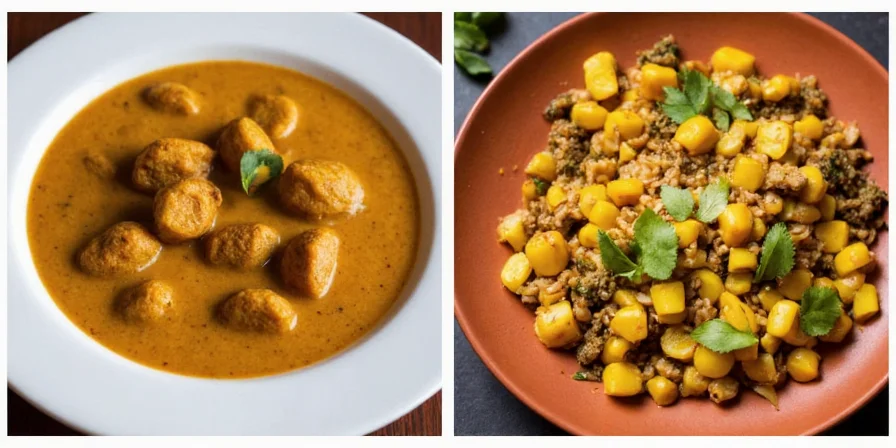
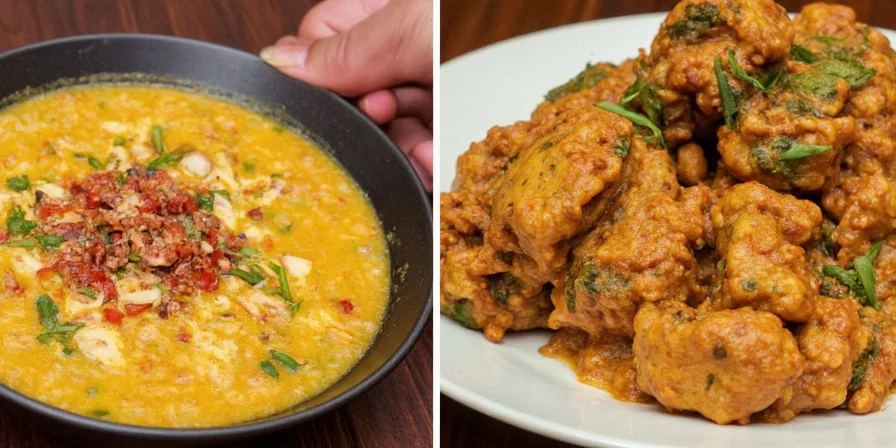
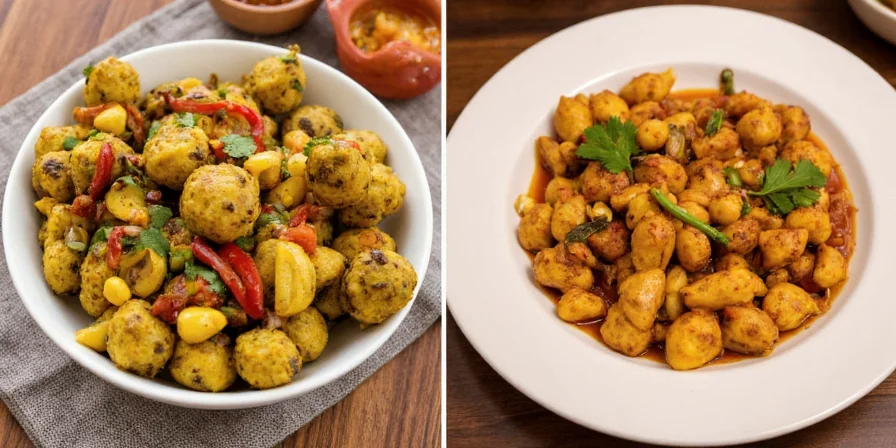
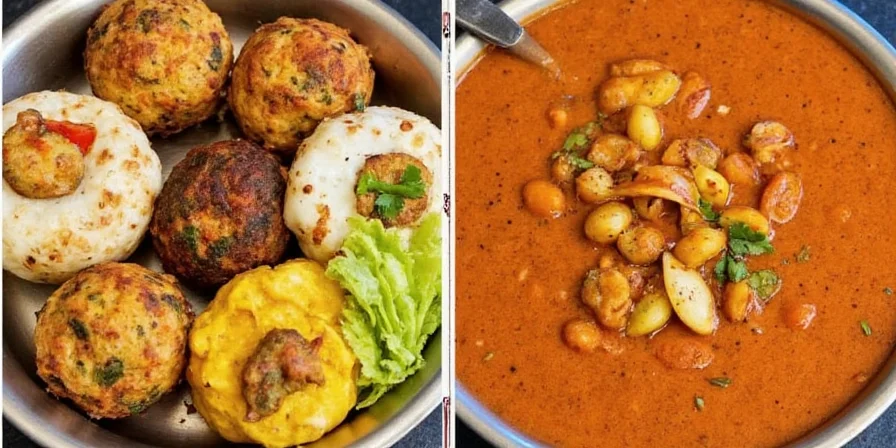

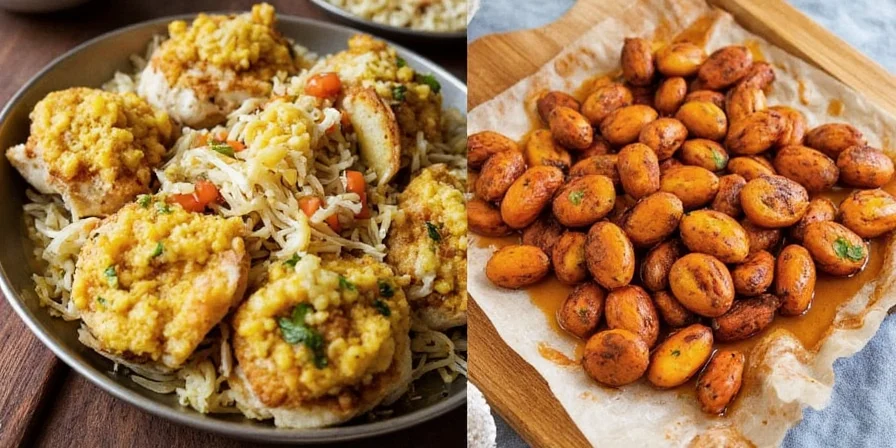









 浙公网安备
33010002000092号
浙公网安备
33010002000092号 浙B2-20120091-4
浙B2-20120091-4